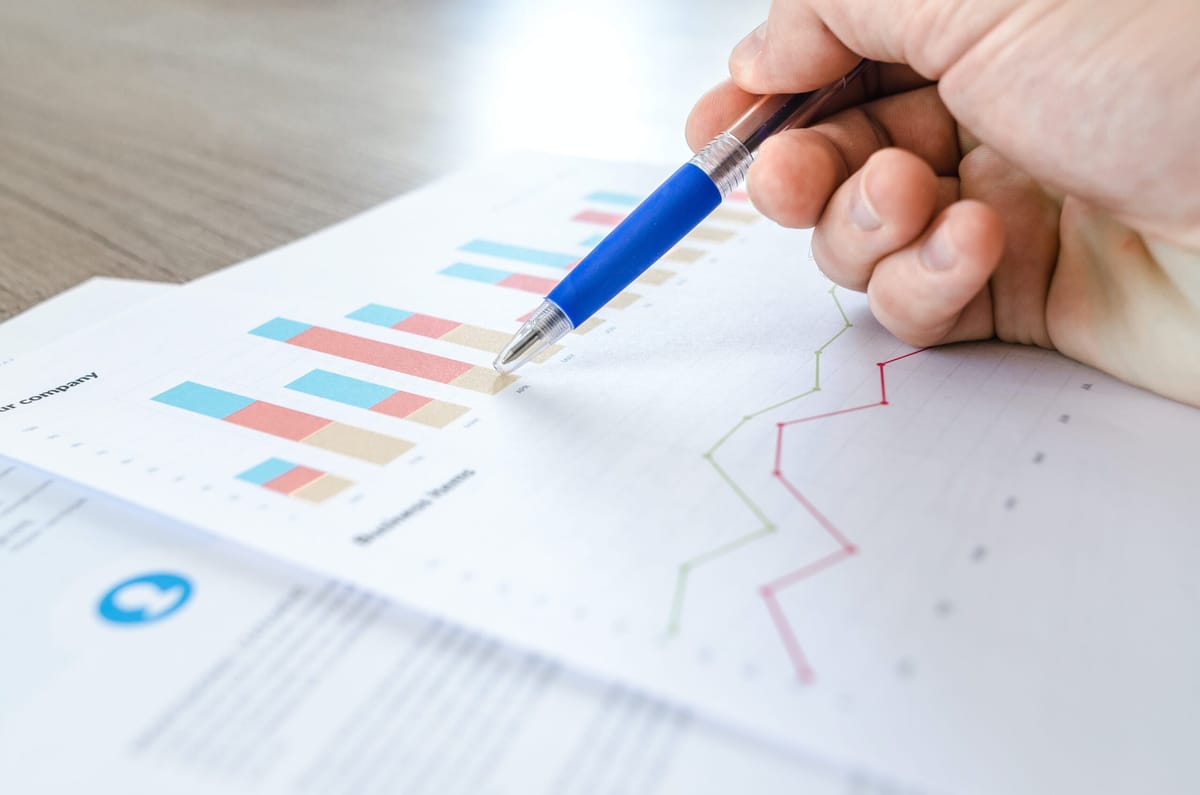Return to Day Trading—A New Series of Blog Posts

I’ve been doing some exciting and challenging work recently, and want to share some of it with you.
A quick biographical sketch, for those of you who don’t know me: I’ve been trading full time more or less continuously since the late 1990s. I found my first successes as a day trader, first in the currency futures in the late 1990s and then in the S&P 500 futures in the early 2000s. Over the past 15 years, my trading has focused on other asset classes and longer timeframes, and I have not day traded with any real focus since about 2005.
And that’s the truly relevant part of this bio here: after years of day trading with single-minded focus, I learned to trade other asset classes and timeframes, and gravitated away from day trading for a number of reasons. If you look at the internet marketing that’s out there, you’d think that day trading is the solution to all your problems, and to all the problems you can ever have. “Influencers” show you how you can trade 30 minutes a day from a hotel room in Thailand and live a life of utter financial freedom.
The challenges of daytrading
This, of course, is complete and utter bullshit. Day trading is, by some margin, the most difficult trading there is. Whatever edges exist are razor thin, and the vig associated with frequent, small trades is large. Near-complete focus and attention is required; it’s very difficult to day trade and to do anything else. Contrary to the marketing hype, most people who try to daytrade fail.
For me, it boiled down to a lifestyle decision—if I could make money trading longer timeframes, why would I want to battle it out every day in front of a 1 or 5 minute chart? If I can do my swing trading with no more than half an hour’s work each day, why in the world would I sit in front of a screen every moment the market is open? This made good sense to me for many years, but I found myself asking the same question: if I decided to day trade again, could I do it successfully?
My journey
It was with this question in mind, in late 2022, that I made the commitment to return to intraday trading. There were several things driving this decision: first, as I just said, there was the challenge aspect. To some extent, day trading really might belong to the young—the tradeoff between wisdom and reflex speed is unavoidable as we age—and I suppose we should not always assume that wisdom automatically accrues! I firmly believe that the highest of the high-hanging fruit in the tree is day trading; if I’m perfectly honest, there was some doubt about whether I had the skills or the focus to pick that fruit day after day.
However, I also was looking for a way to suffer and a way to struggle as a trader. After decades doing this job, one might forget some of the struggles a newer trader might face. Expertise blinds us to possibilities—as much as experience enables, it also cuts us off from exploration. Rather than moving the horizon back, we tend to draw lines on maps and score over those lines until we mistake them for truth.
As I’m writing a book on trader psychology, it seemed essential to me that I should experience some of the hardships and struggles an aspirant endures, and I know of no better way to suffer in the market than as an intraday trader! (That was less than half a joke, to be clear.)
I have a series of blog posts planned in which I’ll share some of the things I did wrong at first, and some of the tools and techniques that led me to a new way of seeing the market. After 25 years and tens of thousands of trades, this is very exciting stuff and you can borrow these tools for your own work and to aid your own development. I will tell you up front that I am not going to reveal too much at this point about my specific methodology or the current state of my trading. Part of this, perhaps, is superstition, but I’ve also gained an insight that I need to focus on being a practitioner rather than a teacher and guide, at least for now and at least in this specific arena.
Anyway, the journey is the destination. In my next blog post, I’ll share some specific insights into intraday psychology and some of the errors that kept me from seeing clearly at the beginning of this new journey.



